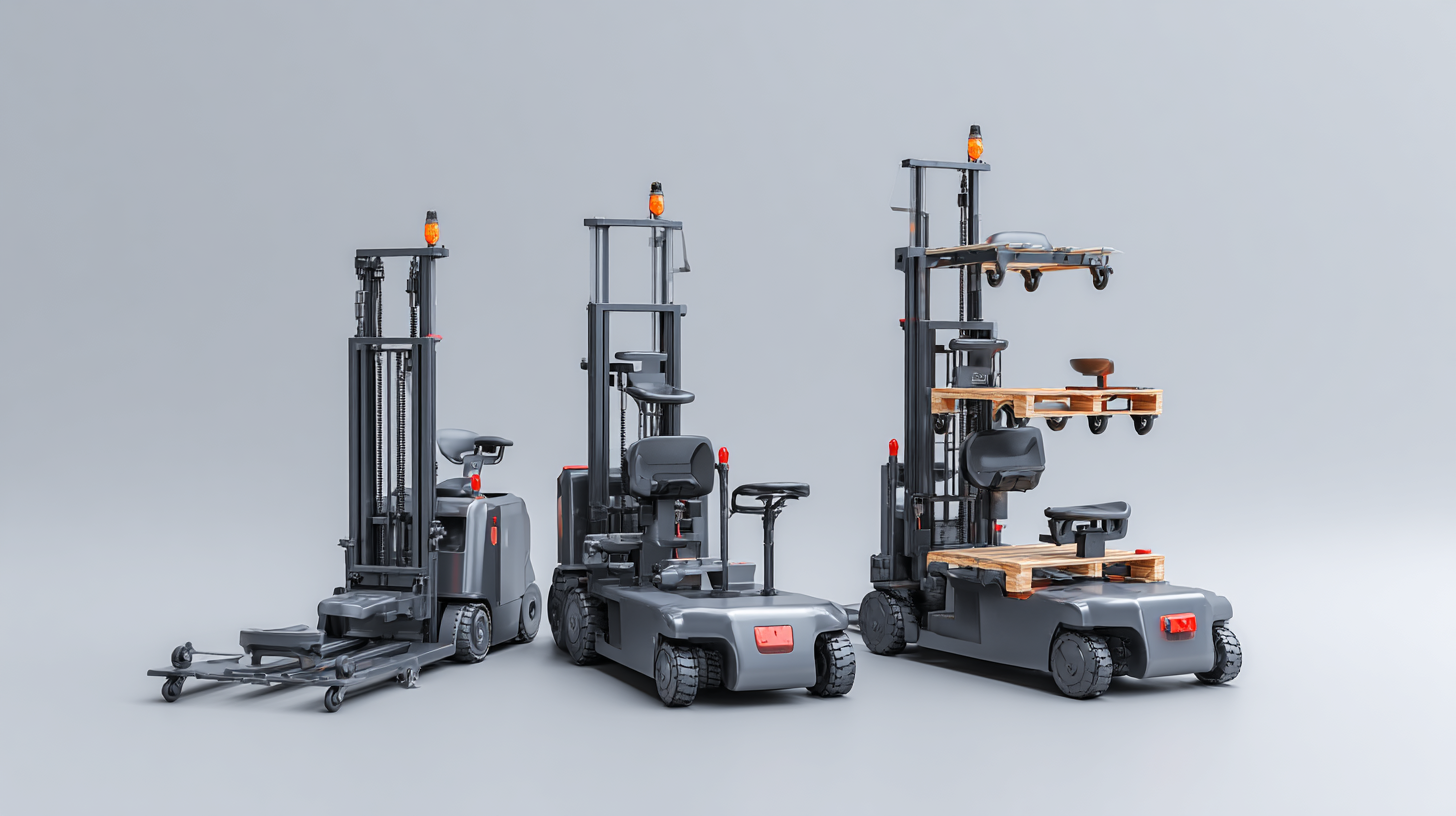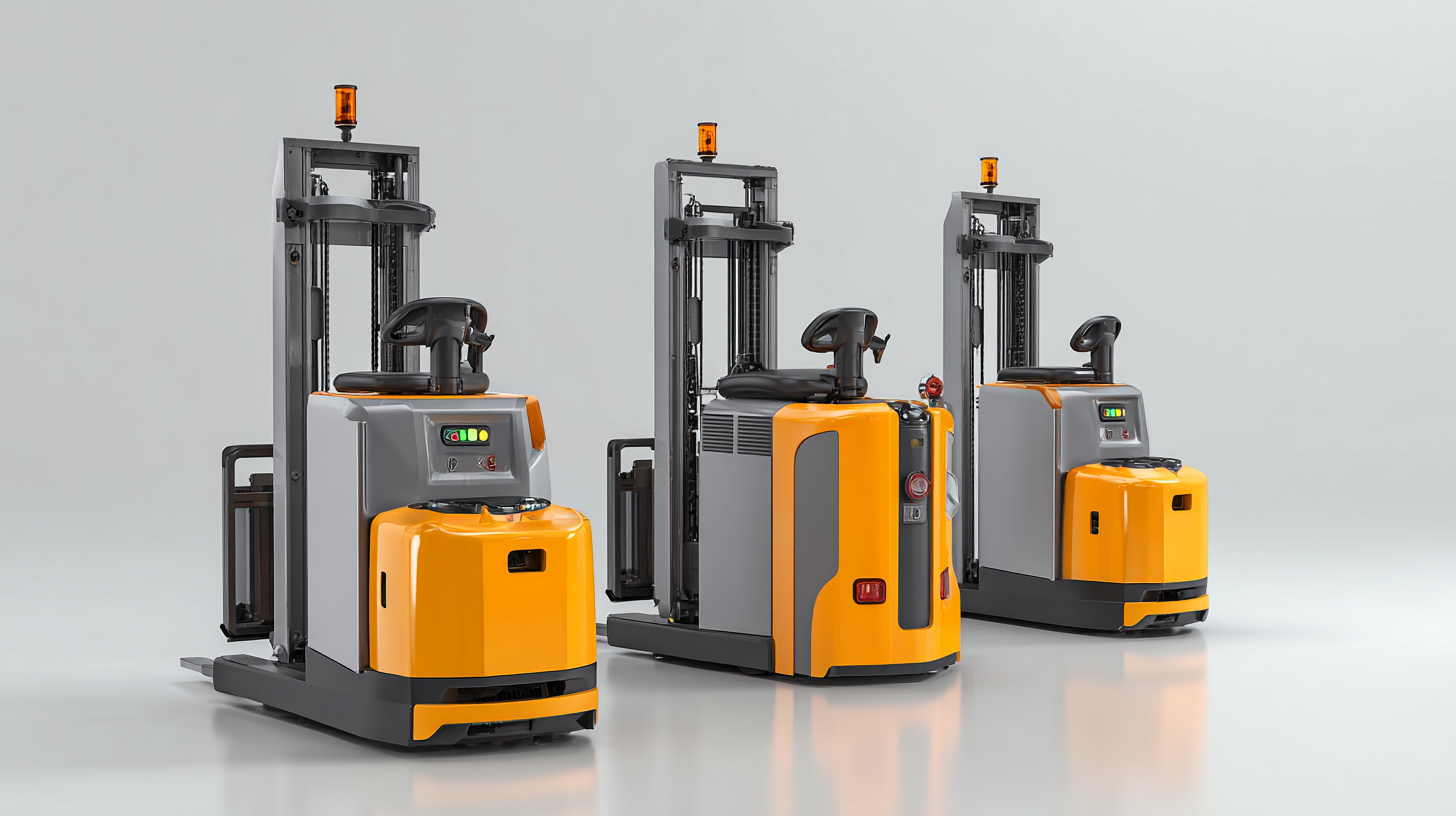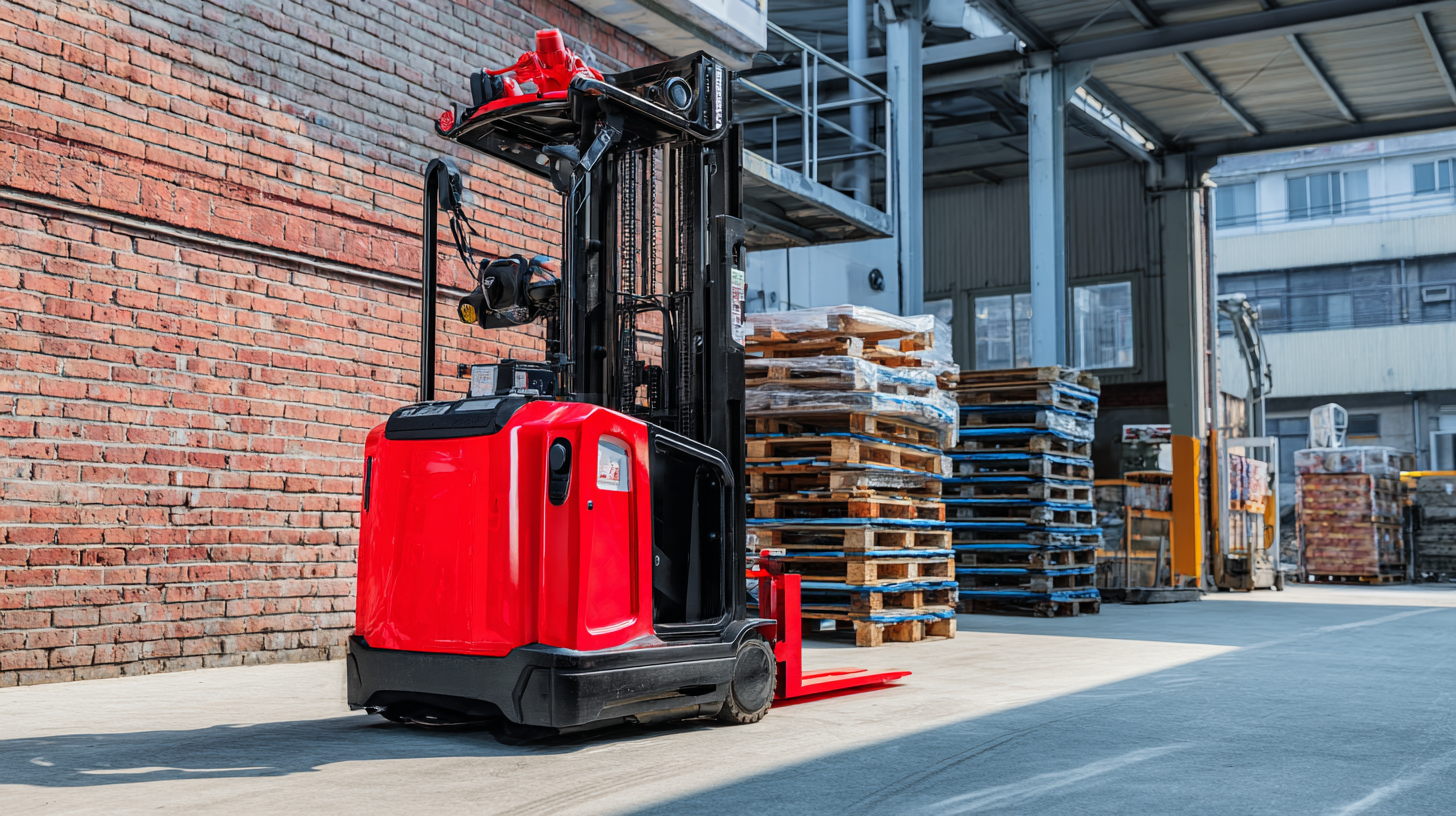Leave Your Message
In the ever-evolving landscape of material handling, the Microlift Pallet Jack stands out as a versatile and efficient solution that meets the demands of various industries. As we approach 2025, understanding the latest trends in pallet jacks becomes paramount for businesses looking to enhance their operational efficiency and reduce costs. This blog will provide a comprehensive analysis of different Microlift Pallet Jacks available on the market, examining their unique features, industry applications, and the specific problems they effectively solve.

From streamlining warehouse operations to facilitating smoother logistics processes, the right Microlift Pallet Jack can significantly impact productivity. By exploring case studies and recognizing potential challenges within different environments, we aim to guide businesses towards making informed decisions that will optimize their material handling strategies in the years to come.
As we look toward 2025, microlift pallet jacks are set to revolutionize material handling with a host of emerging features designed to enhance efficiency and safety in warehouses. One key trend is the integration of smart technology, enabling operators to monitor real-time metrics such as load weight and battery life. These advancements not only streamline operations but also provide valuable data for analytics, allowing businesses to optimize their workflows and reduce downtime.
Another noteworthy feature is the increased emphasis on ergonomics. New designs are focusing on user-friendly controls and lightweight materials that minimize physical strain on operators. This is particularly important as the industry recognizes the need for workforce sustainability amidst rising labor costs. Additionally, innovations in battery technology promise longer run times and faster charging, which can significantly boost productivity in high-demand environments. As microlift pallet jacks continue to evolve, they will undoubtedly play a crucial role in shaping the future of material handling.
| Feature | Description | 2025 Trend | Benefits |
|---|---|---|---|
| Ergonomic Design | Improved handle design for comfort during use. | Increased focus on operator comfort. | Reduction in operator fatigue and injuries. |
| Electric Lift | Battery-operated lifting mechanism. | Growing adoption of electric-powered solutions. | Increased efficiency in lifting heavy loads. |
| Smart Technology | Integration of IoT for monitoring performance. | Rise in smart warehouse technology. | Enhances operational visibility and decision-making. |
| Compact Design | Smaller footprint for confined spaces. | Increasing demand for space-saving solutions. | Maximizes productivity in limited areas. |
| Sustainability Features | Use of recyclable materials in construction. | Growing emphasis on green practices. | Reduced environmental impact and compliance with regulations. |
In 2025, the landscape of material handling is set to be transformed by key innovations that enhance efficiency and safety. The rise of smart technology integration in devices like microlift pallet jacks is one of the most significant trends. According to a report by MarketsandMarkets, the global smart warehouse market is projected to reach $38.76 billion by 2026, indicating a strong shift towards automation and smart technologies in warehousing and logistics. These advancements not only optimize space and reduce labor costs but also increase operational safety through real-time tracking and data analytics.
Another noteworthy development is the incorporation of lightweight materials and ergonomic designs in microlift pallet jacks. As reported by the Material Handling Industry (MHI), equipment that prioritizes ergonomics can reduce worker injuries by up to 40%. This reduction in physical strain not only leads to increased employee productivity but also minimizes costs associated with workplace injuries. The advancements in energy efficiency, such as the introduction of electric-powered microlift pallet jacks with longer-lasting batteries, are also noteworthy, as they contribute to sustainability goals within the industry. These innovations illustrate how technology is reshaping material handling to be more efficient, safe, and sustainable.
As the global wood pallets market is projected to reach $21.2 billion by 2033, driven by an anticipated CAGR of 4.6%, the demand for effective material handling solutions such as microlift pallet jacks is on the rise. This comprehensive comparison focuses on the best microlift pallet jacks available, which are increasingly recognized for their efficiency in managing weights and improving labor productivity in various industries. The surge in online retail and logistics operations has made it imperative for businesses to adopt advanced handling equipment that can streamline their processes and reduce operational costs.

In addition to pallet jacks, innovations in pallet design, such as the development of modular steel pallets, are transforming the material handling landscape. These new pallets offer flexibility and configurability, effectively catering to diverse loading requirements. Experimental validation and life cycle analysis demonstrate their potential to optimize space and reduce waste, making them an attractive alternative to traditional wooden pallets. The evolution of these tools and materials signifies a broader trend towards sustainability and efficiency in the material handling sector, aligning with the growing demand for smarter solutions that enhance productivity and reduce environmental impact.
As global demand for material handling equipment surges, Chinese manufacturers are positioning themselves as key players in the industry. The Asia Pacific material handling equipment market is projected to witness significant growth, driven by advancements in technology and increased automation. The global material handling equipment market size is anticipated to expand from $252.53 billion in 2025 to $390.88 billion by 2032, with a compound annual growth rate (CAGR) of 6.4%. This expansion is fueled by the innovative capabilities of Chinese firms, which have made strides in developing advanced technologies that enhance job efficiency and reduce operational costs.
Furthermore, the automated material handling equipment sector is experiencing remarkable growth, estimated at $65.74 billion in 2024 and expected to maintain a robust CAGR of 9.9% until 2030. Chinese manufacturers are driving this trend, leveraging their expertise to provide high-quality, cost-effective solutions that cater to the evolving needs of businesses worldwide. With a focus on efficiency and innovation, partnering with Chinese manufacturers can offer significant benefits, ensuring access to cutting-edge technology while optimizing supply chains in an increasingly competitive market.
In recent years, sustainability has emerged as a critical factor in the production of pallet jacks, particularly as industries strive to reduce their environmental footprint. The transition to eco-friendly materials is at the forefront of this trend, with manufacturers increasingly using recycled metals and biodegradable components in their designs. This shift not only minimizes waste but also supports a circular economy, allowing for the repurposing of resources and reducing the demand for virgin materials.

Another significant aspect of sustainable development in pallet jack production is the implementation of energy-efficient technologies. Many manufacturers are now focusing on electric rather than conventional fuel-powered options, which significantly reduces greenhouse gas emissions. The design of microlift pallet jacks has evolved to prioritize lightweight frameworks that enhance maneuverability while consuming less energy. These innovations not only contribute to lower operational costs but also align with the broader goal of sustainable practices in material handling.
As we look toward 2025, the emphasis on sustainability in pallet jack manufacturing will undoubtedly shape the industry, ensuring that efficiency and environmental responsibility go hand in hand.
